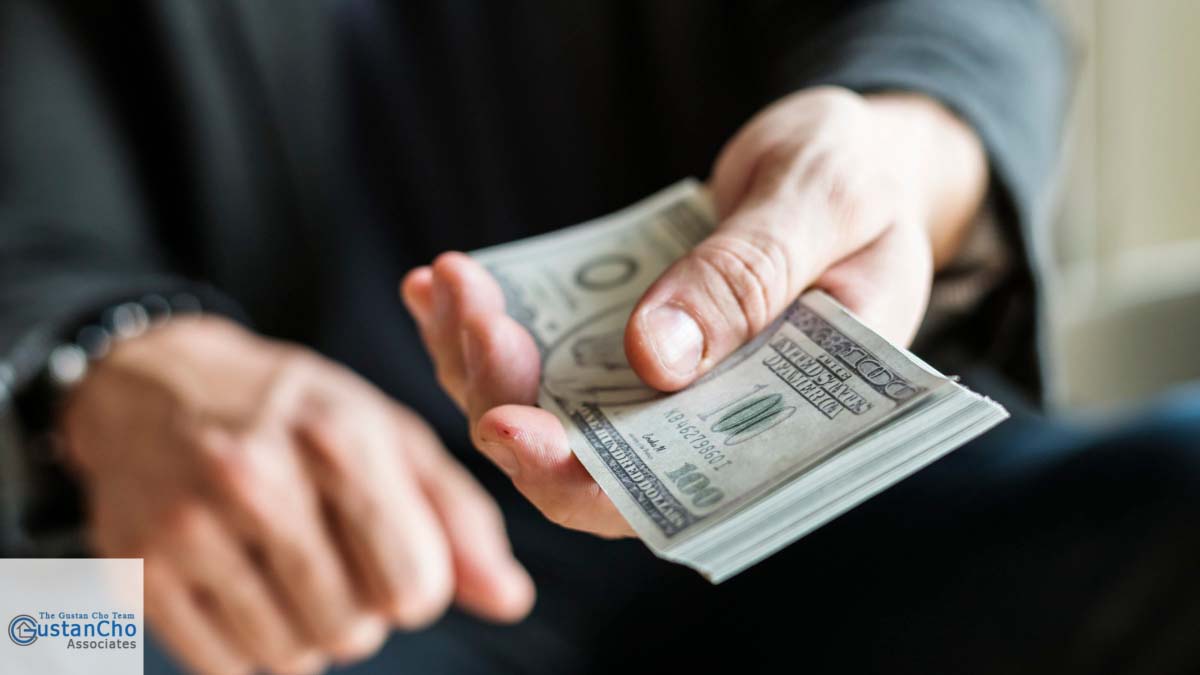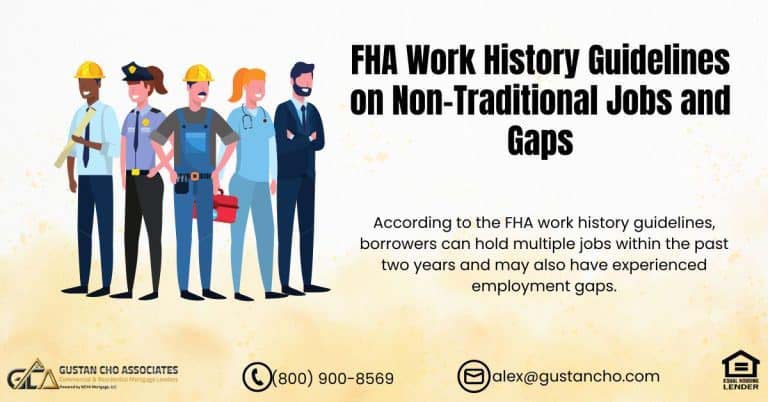This guide covers the funds required for first-time home buyer on a home purchase. Are you a first-time home buyer? Potential homebuyers currently renting and living paycheck to paycheck often think that becoming a homeowner is a dream. Many believe they do not qualify for a mortgage due to poor credit and a substantial down payment. Buying your first house is exciting but can also hit your wallet if you’re not ready. Here is what John Strange, a senior loan officer at Gustan Cho Associates, says about funds required for first-time homebuyers.
Before you start looking at properties, it helps to know exactly how much cash you’ll need, both at the closing table and afterward. This guide walks you through the big bills you’ll face, shows you what comes first and what keeps popping up every month, and hands you some tips for smart money planning.
Many renters do not realize that people do not need perfect credit to qualify for a mortgage. Many do not realize that owning a home can be possible with a 3.5% down payment and no closing costs. There are creative options where most renters can become homeowners. This article will discuss the funds required for first-time home buyer on a home purchase.
Minimum Funds Required For First-Time Home Buyer for Home Purchase
All loan programs require minimum funds for the down payment except for VA and USDA loans. Closing costs are included in every real estate purchase and/or refinance transaction. FHA loan programs are the most popular in the United States; only a 3.5% down payment is required. Dale Elenteny, a senior mortgage loan originator at Gustan Cho Associates, says the following about the funds required for first-time home buyer for a home purchase.
Home buyers often will not even need the full 3.5% down payment if they properly structure the purchase real estate contract. However, home buyers must show they have the bank’s 3.5% down payment money. Funds need to be seasoned for at least two months.
If home buyers do not have the full 3.5% down payment, HUD allows the full 3.5% down payment to be gifted by a family member. The down payment is the biggest chunk of cash you’ll lay down at closing. That’s the portion of the home price you hand over upfront instead of borrowing. With a conventional loan, the down payment usually lands between 5% and 20%, so on a $300,000 house, you’re looking at $15,000 to $60,000. FHA loans—popular with first-timers—ask for only 3.5%, or $10,500 on that same home. If you qualify for a VA or USDA loan through the military service or rural status, you might not have to put any money down. A bigger down payment shrinks your loan, cuts your monthly bill, and could spare you the extra private mortgage insurance, or PMI. While some lenders advertise low down payments, they often tag higher interest rates or fees to compensate for it. Luckily, many states and local cities run programs that offer grants or low-interest loans, giving buyers a helpful boost with that first cash outflow.
Wondering How Much You Need to Buy Your First Home?
We’ll break down the down payment, closing costs, and hidden fees—so you’re fully prepared.
Funds Required For First-Time Home Buyer: Down Payment and Closing Costs
Closing costs are a big chunk of cash you need at the start, and they usually run between 2% and 5% of the home’s price. A $300,000 house costs about $6,000 to $15,000: the bill pays for loan setup, the appraisal, title insurance, escrow services, and any property taxes or homeowners insurance you pay in advance. Loan origination fees, which the lender collects for processing the loan, sit around 0.5% to 1% of the loan amount. An appraisal, costing $300 to $500, ensures the home is worth your pay: title insurance, roughly $1,000 to $2,000, guards against hidden title problems. Escrow fees, anywhere from $500 to $2,000, hold and move the money safely during the deal. You’ll also see $500 to $1,500 attorney fees in some states. If the market feels slow, you can ask the seller to chip in on some of these costs.
When you make an offer on a house, you’ll put down earnest money, usually 1% to 3% of the price. For a $300,000 home, that means $3,000 to $9,000. Think of it as a handshake in cash-it shows you’re serious about buying.
Most of this money goes toward your down payment or closing costs, but beware: if you walk away for no good reason, like a shaky inspection, that cash can be lost. A regular home inspection costs between $300 and $600 and can save you from buying a lemon by spotting major repairs early. Depending on what’s found, you might order extras: a pest check ($50 to $150), a radon test ($100 to $200), or a septic evaluation ($200 to $700). At closing, you may also have to prepay items such as two to six months of property taxes, a full year of homeowners insurance (roughly $800 to $2,000), and any initial HOA dues ($100 to $1,000).
Able to Qualify versus Afford a Home
Several monthly bills appear once you own the house, adding up quickly. Your main payment is the mortgage, which covers principal, interest, taxes, and insurance, all rolled into one easy acronym: PITI. A $300,000 home with a 20% down payment leaves a $240,000 loan; at a 6.5% interest rate over 30 years, principal and interest run about $1,500 monthly. Property tax varies by city or county and can add $200 to $500; homeowners’ insurance usually ranges from $50 to $150. Alex Carlucci, a senior mortgage loan originator at Gustan Cho Associates, says the following about being able to qualify versus being able to afford a home:>
If you put down less than 20%, private mortgage insurance, or PMI, tacks on another $50 to $200. Condos and some single-family neighborhoods charge HOA dues, ranging from $100 to $1,000-a-month for extras like pools, landscaping, or security patrols. Then there are those little surprise bills we forget about: repairs and upkeep.
Experts suggest stashing 1% to 2% of your home’s value each year ($3,000 to $6,000 for a $300,000 pad) to cover HVAC checks, leaky faucets, or other surprises. Finally, monthly utility bills-electric, water, gas, trash, and the Internet-usually fall in the $200 to $500 range, depending on usage and local rates. Beyond the basic costs of buying a house, you’ll face a few extra bills. First, build an emergency fund covering three to six months of daily expenses. This cushion protects you during job losses or big repairs. Next, moving expenses may hit anywhere from $500 to $5,000, depending on how far you go and whether you hire movers. Finally, furnishing or fixing up the new place can take $2,000 to $10,000-or even more.
First Step of Buying a Home
To get your finances ready, begin saving as soon as you can. Pick a target amount based on local home prices and set up automatic deposits to a high-yield savings account. Cutting back on take-out meals, streaming services, and other extras will help your stash grow faster. Work on your credit score by paying bills on time, keeping credit-card balances low, and steering clear of new loans. A better score usually means a lower mortgage rate. Marga Jurilla, the executive assistant for Gustan Cho Associates, explains the funds required for first-time home buyers and the first step of buying a home as follows:
Get pre-approved for a loan so sellers know you’re serious and you understand your budget. Look into help programs like FHA, VA, USDA loans, and state or city grants for first-time buyers. Finally, team up with a pro buyer’s agent, a lender who compares rates, and a home inspector to make the journey smoother.
Avoiding the most common mistakes will make your home purchase a lot easier. First, stick to the 28/36 rule: keep your housing cost below 28% of your gross income and all debt under 36%. Second, never skip the home inspection; fixing hidden problems later can wipe out your savings. Third, remember that bills don’t end at the closing table; maintenance, utilities, and taxes show up monthly, so make room for them in your budget. Finally, compare lenders and find local help programs that lower your interest rate or give you down-payment cash.
Case Scenario of the Funds for First-Time Home Buyers to Buy a Home
For a $300,000 house and a 10% down payment, you would need around $30,000 for the down payment, about $9,000 for closing costs, $3,000 for earnest money, $400 for the inspection, $1,200 for prepaid taxes, and $1,200 for insurance, adding up to roughly $44,600 before you move in. Once settled, you might pay $1,900 monthly on the mortgage, $300 on utilities, and another $250 on repairs and lawn care, giving an overall monthly bill of nearly $2,450. By saving early, planning every line on the spreadsheets, and leaning on experts and assistance, you can shoulder the cost of homeownership with less stress. For details on FHA loans, go to hud.gov; for VA loans, visit va.gov; and for USDA loans, check usda.gov. Don’t forget to ask your local housing authority for any extra help they may offer.
Closing Costs Funds Required For First-Time Home Buyer On Home Purchase
Besides the 3.5% down payment, a first-time home buyer must come up with closing costs to close on the home purchase. However, homebuyers can get a seller’s concession towards the buyer’s closing costs. So, the buyer does not have to pay a single penny for closing costs. Seller concessions towards closing costs can also be applied to the buyer’s prepaid closing costs (property tax and insurance escrows). A buyer can get the full closing costs from the seller’s concession, including escrows.
First-Time Buyer? Know What Funds You’ll Need
From down payments to reserves, we’ll walk you through what to expect and how to prepare financially.
Lender Credit for Funds Required for First-Time Home Buyer Closing Costs
If the seller is unwilling to give the buyer a seller’s concession, the buyer can get a lender’s credit towards closing costs instead of accepting a slightly higher mortgage rate. The maximum seller concessions allowed on FHA and USDA loans are 6% for FHA loans and 3% for conventional loans. VA loans allow up to 4% in seller’s concessions. Seller concessions cannot be used towards down payments. Any unused portion of the seller’s concession must be returned to the seller. So, it is best to structure the seller’s concession correctly when preparing the real estate purchase contract.
Property Tax Prorations for Funds Required for First-Time Home Buyer
Property taxes are paid in arrears in certain states, such as Illinois. Home Buyers in Illinois will also receive property tax prorations from sellers on their home purchases. All property taxes are paid in arrears, so that the seller will owe home buyers the previous year’s property tax payment at closing. Will all closing costs be covered via seller’s concession or lender’s credit, including prepaid closing costs (escrows), the tax prorations credit can be used to offset the 3.5% down payment. The tax prorations are often large enough to cover the full 3.5% down payment. Home Buyers who are lucky enough may be able to own a home with very little to no down payment. Again, the 3.5% down payment needs to be shown and proven that mortgage borrowers have it, even though they might not use all of it. An experienced realtor can help structure the real estate purchase so buyers can benefit from putting down as little money as possible on a home.
Update For Funds Required for First-Time Home Buyer
A first-time home buyer can now qualify for a conventional loan with a 3% down payment. The 3% down payment conventional loan program is for first-time home buyers only or buyers who have not owned a home for the past three years. Standard conventional loan programs require a 5% down payment on a conventional home purchase mortgage loan.
- Related> Down Payment Guidelines for First-Time Home Buyers
- Related> First Time Home Buyers
This guide for funds required for first-time home buyer purchase was updated on July 1, 2025.
Explore Low Down Payment Options for First-Time Buyers
You may be able to buy with just 3% down—or even zero. We’ll help you find the best path forward.









